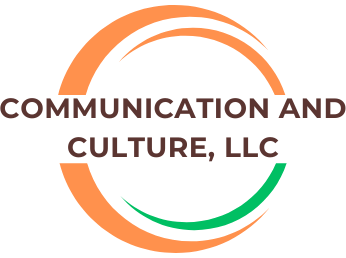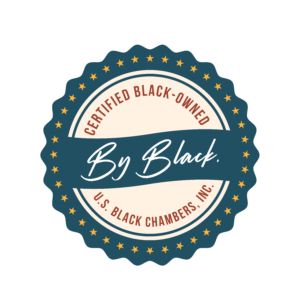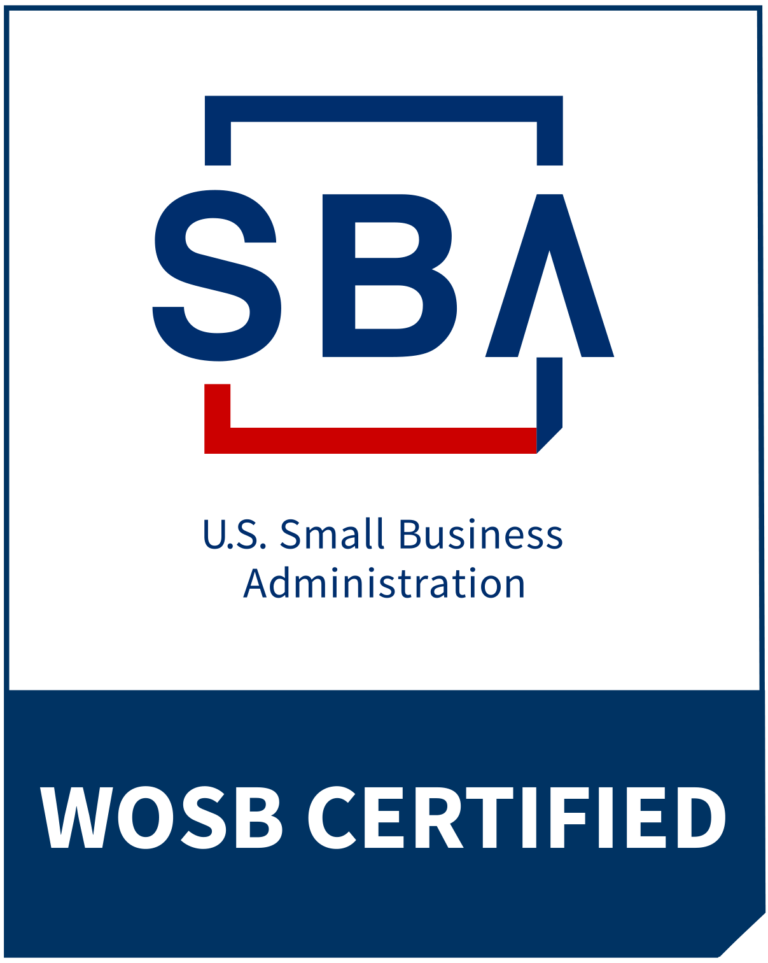Describing the complex workspaces that we encounter as toxic leaves us powerless. It suggests that external forces beyond our control are imprisoning us in a sea of toxicity. There is something or someone out there responsible. Our only option is to go into survival mode until we can exit.
The behaviors often recommended for survival – documenting, setting boundaries, and leaving work at work – seem necessary for self-preservation. Who can argue with the logic of self-care as record numbers of employees are experiencing the highest levels of chronic illness, anxiety, depression, and other mental health challenges in this COVID-19 work-from-home environment?
Documenting in a healthy work environment versus one you perceive as toxic has different motives and impacts. We set boundaries differently when we are being our authentic selves versus when there is deep mistrust among colleagues. When we are using our gifts, and strengths; when we are engaged in meaningful work that aligns with our passion and purpose, we find inspiration all around us. We don’t have to answer phone calls and emails after hours to do our best work.
Often the behaviors that show up as “toxic” are hypercorrections of past pain: hurt feelings, broken promises, and lost trust.
Before you settle on survival mode, chose healing mode. Healing begins with honest introspection to identify how our past pain may be driving our current behavior. To heal we must take back our power by focusing on our locus of control. Choose vulnerability over defensiveness. Identify the behaviors making the workspace toxic, get curious about the underlying causes, have courageous conversations with colleagues, and work with others who think differently to create a path to healing.
Toxic workspaces do exist. We can take action to make them less so.




